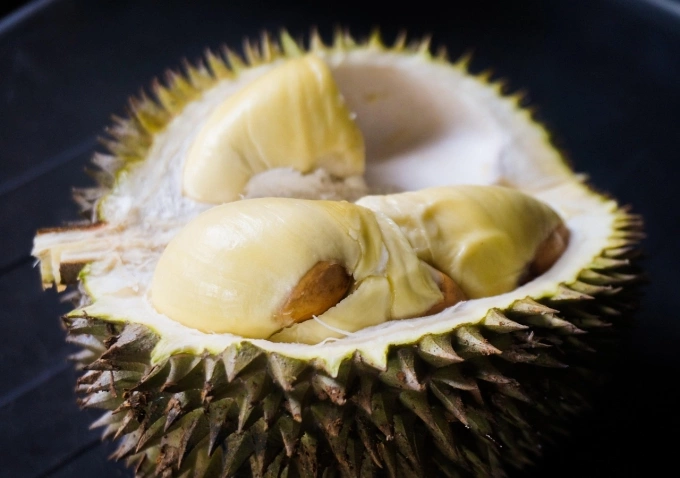Around 200-250 trucks now cross the border daily in Lang Son, 100-150 trucks in Lao Cai, and 50 trucks in Mong Cai, according to Huynh Tan Dat, director of the Plant Protection Department.
In the last week of October, technical issues were recorded among several fruit quality testing labs in Vietnam, prompting them to suspend testing.
 |
|
An opened durian. Photo by Pixabay/najibzamri |
Some blamed the delays on the need for equipment maintenance while others said their licenses needed renewal, a process that has become slower than usual due to recent changes.
In response, the Ministry of Agriculture and Environment mobilized specialized units to coordinate with the Chinese side to resolve each technical difficulty, with the goal of “ensuring no shipment is disrupted due to technical procedures.”
It tasked the Department of Quality, Processing and Market Development to review the capacity of labs and send experts to support them.
It ordered the department to mobilize to the maximum all qualified units to process backlog samples, ensuring consumption for approximately 150,000 hectares of durian with a yield of more than 1.5 million tons this year.
Vietnam currently has 24 testing laboratories recognized by Chinese customs, with a total capacity of approximately 3,200 samples per day, sufficient to meet actual needs.
Le Anh Trung, chairman of the Dak Lak Durian Association, said that following the ministry’s directives, testing laboratories have worked overnight to resolve issues, helping businesses export the remaining end-of-season output in time.
Vietnam now has nearly 45,000 hectares of durian, of which 26,000 hectares have been harvested, with estimated output reaching 390,000 tons, an increase of 30,000 tons compared to last year.
Farm-gate purchase prices are at VND60,000-70,000 (US$2.28-2.66) per kilogram, slightly lower than last year but still profitable for growers.





